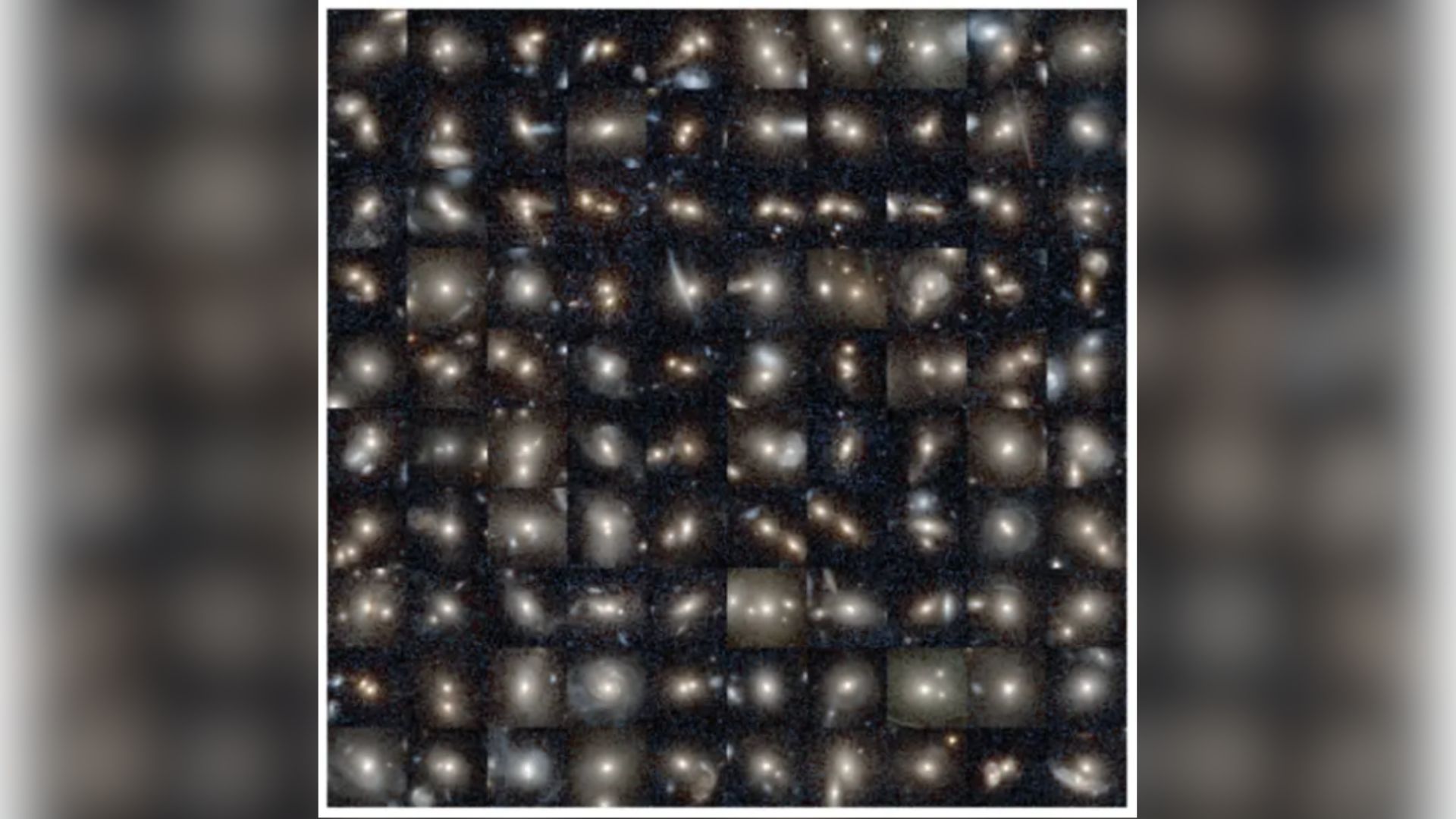New Physics? Fundamental Cosmic Constant Now Seems Shifty
A fundamental constant of the universe may not be soconstant after all, according to a new study.
Recent observations of distant galaxies suggest that thestrength of the electromagnetic force ? the so-called fine-structure constant ?actually varies throughout the universe. In one direction, the constant seemedto grow larger the farther astronomers looked; in another direction theconstant took on smaller values with greater distance.
If confirmed, this revelation could reshape physicists'understanding of cosmology from the ground up. It may even help solve a majorconundrum: Why are all the constantsof nature perfectly tuned for life to exist?
"This is an exciting and potentially important resultthat challenges astronomers and particle physicists for an explanation,"said astrophysicist John Barrow of the University of Cambridge, who was notinvolved in the new study but has worked with the researchers in the past."It could be a further hint about new physics."
A changing constant
Astrophysicists have been studying the fine-structureconstant ? known as the alpha constant ? for years, searching for hints that itmight change. Some projects have found evidence that the constant does vary,while other probes confirmed the constant's constancy.? [TheGreatest Mysteries in Science]
But the evidence supporting the alpha constant's variablenature was ambiguous, because it could also be due to a variation over time, oracross different parts of space, researchers said.
Breaking space news, the latest updates on rocket launches, skywatching events and more!
The farther out astronomers peer into the universe, the longerit has taken the light they see to reach Earth. Since this light is older, it representsan earlierepoch in the universe's history.
So if scientists measured a change in the fine-structureconstant from different observations, it may have been because the constant hasdifferent values in different places, or it might have been because it haddifferent values at different times. But determining which case is right hasbeen a challenge.
To settle that question, researchers led by John Webb fromthe University of New South Wales, Australia, gathered observations from theKeck telescope in Hawaii, and the Very Large Telescope in Chile ? therebycovering both the northern and southern skies.
"When you look in one direction, you cannot distinguishbetween variation in space and variation in time," co-researcher VictorFlambaum, also of the University of New South Wales, told SPACE.com. "Nowthere is nearly complete coverage of the sky. The conclusion is:It's avariation in space, not in time."
To determine how strong the alpha constant was in any givenspot, the scientists measured the frequency at which electrons in various atomswould hop from one energy level to the next. This frequency depends on thefine-structure constant.
The researchers found that in the northern sky, thefine-structure constant gets smaller with increasing distance, or asastronomers look farther back in time. In the southern sky, however, the alphaconstant value appeared to increase the farther away they looked.
Since those two results would contradict each other if thealpha constant varied with time, the constant must take on different values indifferent areas of the universe, the researchers concluded.
Why do we exist?
Webb presented the findings last week at the Joint Europeanand National Astronomy Meeting in Lisbon, Portugal. The research has beensubmitted to the journal Physical Review Letters and is awaiting peer review.
If the study is confirmed, it could be a landmark find inastrophysics, researchers said.
"I find this result quite exciting," said SteveLamoreaux, a physicist at Yale University who was not involved in the study."It explains the apparent discrepancy between different analyses done thelast few years.
"Of course, the result needs to be independentlyverified," he added.
Flambaum said he was particularly interested in what theresult could tell scientists about the origin of life.
"This is a puzzle which has existed for many years,"he told SPACE.com. "A minor variation of the fundamental constants forbidslife to appear ? we just could not exist."
For Flambaum and others, it seemed like too much of acoincidence that the universe's constants ? which includes the alpha constantand others like the value of the strengthof gravity, or the strength of the strong interaction that binds atomicnuclei together ? should be perfect for building stars and planets and life.
"Now we have an explanation," Flambaum said."Iffundamentalconstants vary in space, we just appear in the area of the universe whereconstants are good for us."
In other regions of the universe where the constants aredifferent, life may be absent, he said.
Making sure
Flambaum admitted that such revolutionary results need evenmore evidence to be believed for sure.
And other experts may take some convincing.
Helge Kragh, a science historian at the University ofAarhus, Denmark, who has written about the history of the fine-structureconstant, said it's important to "keep a healthy skepticism" aboutannouncements like these, since past measurements of variation, such as earlierclaims that the constant changes over time, have later been disproven.
"If history is a guide -- and often it is not -- theresults of Webb et al. will turn out to be untenable," he said.
Flambaum said the team plans to collect more data from thedistant universe, as well as conduct laboratory experiments, to test theirresults.
"The problem is whether there are systematic biaseswhich the authors have not thought of which can mimic the appearance of varyingalpha," Barrow said. "They are a very strong and experiencedobservational team who have subjected the data to many tests in the search forbias but have failed to find any so far."
- Does the Universe Have an Edge?
- Top 5 Cosmic Myths
- The Greatest Mysteries in Science

Clara Moskowitz is a science and space writer who joined the Space.com team in 2008 and served as Assistant Managing Editor from 2011 to 2013. Clara has a bachelor's degree in astronomy and physics from Wesleyan University, and a graduate certificate in science writing from the University of California, Santa Cruz. She covers everything from astronomy to human spaceflight and once aced a NASTAR suborbital spaceflight training program for space missions. Clara is currently Associate Editor of Scientific American. To see her latest project is, follow Clara on Twitter.
